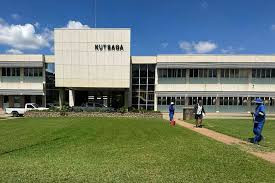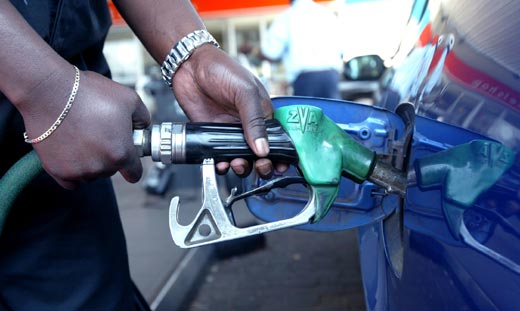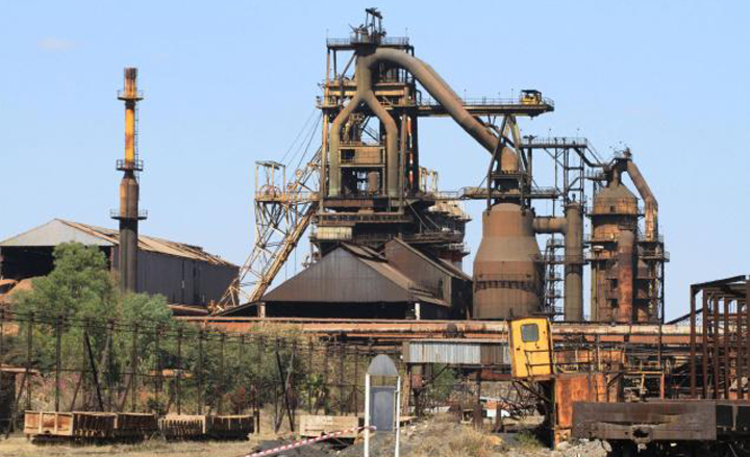Outside View with The Woodpecker
Special Drawing Rights: An Outside View
By The Woodpecker
Governors of the International Monetary Fund “IMF”, on 2 August 2021, approved an allocation of USD650 billion worth of Special Drawing Rights “SDRs” to member countries. This is the largest allocation since the formation of the IMF, and it is well above the USD182 billion that was allocated in 2009 in response to the global financial crisis. The current allocation is aimed at boosting global liquidity following the unprecedented health, economic and financial crises induced by the COVID-19 pandemic.
In fact, SDRs are a special liquidity enhancing instrument used by the IMF to support its member countries. Allocations are tied to each country’s quota. Operationally, a country maintains a holding account and an allocation account, with the IMF. A country receives interest on its SDR holdings and pays interest on its SDR allocations. When the holding and allocation accounts are equal, the interest nets off. However, when SDR holdings fall below allocations, a country becomes liable to pay more interest to the IMF, and vice versa.
Thus, with the general allocation expected to become effective on 23 August 2021, and with Zimbabwe expected to receive close to USD1.0 billion, several questions have become more urgent to answer. These include, among others, the following:
Will the SDR allocation be inflationary?
Although SDRs theoretically increase global liquidity, which in turn could increase inflation and impact exchange rates, their transmission mechanism is neither uniform nor straight forward. In fact, their impact on inflation depends on, among others, the quantum of SDR injection compared to growth in money supply, utilisation of the SDRs by recipient countries and attendant monetary policy measures. On the global level, if the major economies such as the United States create additional liquidity to purchase SDRs from other countries, then there will be possibility of a rise in global inflation. But this could be tapered off by monetary targeting initiatives. In emerging and developing markets, wherein most currencies are currently weaker against the US dollar – on year-to-date basis – the SDRs allocation will likely have a deflationary effect as currencies may appreciate against the US dollar. However, this may be limited by the ongoing desire by respective authorities to promote export competitiveness, for example through weaker currencies.
How could Zimbabwe utilise its allocation of SDRs?
Firstly, it should be noted that by utilising the SDRs Zimbabwe will be reducing its SDRs holdings below its allocation, implying that the country will have to pay interest to the IMF. At the current interest rate of 0.05% per annum, this could translate to a maximum interest bill of close to half a million US dollars. As such, any planned utilisation of the SDRs should take into consideration the long-term costs of using the SDRs as interest will remain payable until a new allocation of SDRs. Moreover, a gradual return to normalised global monetary policies could see an increase in the interest rate, and thus, the country’s interest bill.
Be that as it may, the following options could be pursued by the authorities, but most of them are unlikely to yield far reaching positive results.
1. Support catalytic public and private sector expenditure.
This option depends on the ultimate conditions that will be attached to the SDRs allocation. Nevertheless, the authorities may utilise the funds to support critical expenditure in the social sectors of health and education. In fact, although the country’s budgetary allocations to the social sectors have of late been in line with the declarations and protocols on health and education expenditure, Zimbabwe’s allocations to these sectors need to be much higher than the minimum levels given the state of the social sectors. Moreover, significantly higher investment is required to enhance access to electricity and internet connectivity for most schools, in line with the rapid transitioning to e-learning brought about by the COVID-19 pandemic.
Additionally, in terms of private sector support, when Zimbabwe recorded some of its broad-based economic growth, credit to the private sector was close to 20% of GDP. Currently, this ratio has fallen well below 10%, indicating the dire need for a rejuvenation of credit expansion. As such, it would be ideal for the authorities to commit part of the funds towards concessionary lines of credit to support critical expenditure such as retooling. Such funding can be administered through the banking system via a risk sharing model between the Government and banks. This will also allow the Government to earn interest that could be used to settle some of the interest that will be due to the IMF on conversion of the SDRs.
Finally, there is also a need to utilise part of the funds to, in a targeted manner, support ongoing and/ planned Government infrastructure projects that have a higher multiplier effect on the rest of the economy.
2. Augment foreign currency reserves.
The country’s foreign currency reserves were recently estimated at 0.8 months import cover, against an international best practice minimum level of 3 months and a target of 6 months. This implies a conservative minimum foreign currency reserves level of US$1.2 billion. As such, it may be ideal for the authorities to utilise part of the funds to boost the reserves level. However, this would need to be supported by further reforms that enhance the self-financing of the foreign currency auction market – including fostering exchange rate convergence – to reduce pressure on the exchange rate and foreign currency reserves.
3. Settle legacy debts.
An unintended consequence of the October 2018 monetary reforms, this needs to be resolved in-order to strengthen private sector balance sheets. Resolution also enables the private sector to re-establish global linkages as well as obtain favourable credit terms from suppliers, thereby reducing the need to rely on fiscal and monetary handouts and tokens.
4. Settle external debt, and/ arrears.
The country’s external debt was recently reported at USD10.65 billion, with arrears of US$6.5 billion. Given that some of the contractual terms for the debts makes it impossible for the country to pay-off some creditors ahead of others, the SDRs appear grossly inadequate to be used for the purposes of debt/ arrears settlement. Moreover, the previous utilisation of SDRs to settle arrears to the IMF did not yield significant changes to the country’s debt and sovereign rating profile. As such, it may not be the best option to utilise the SDRs to settle external debt.
5. Support the foreign currency auction market.
Unofficial estimates put the foreign currency auction market backlog at more than 4 weeks. This translates to a funding gap of no less than US$140 million based on the weekly allocations. Although the authorities could commit part of the SDRs towards clearing the auction gap, this does not appear to be the long term solution given that previous arrangements to Supplementary financing has largely failed to permanently resolve the funding gaps on the auction market, hence the need t would be less ideal Previous funding gaps were largely funded through supplementary financing, However, previous supplementary allocations have not effectively addressed the funding gap, implying that supplementary funding is not the ideal solution.
What would be the overall impact on the Zimbabwean economy?
Neutral! The SDRs are coming in at a time of emerging funding needs and growing funding gaps. These include the perennial gap on the foreign currency auction market, the legacy debts, the forthcoming 2021/22 summer cropping season, more COVID-19 induced funding requirements for the healthcare sector, and funding for the 2023 elections. Thus, two scenarios are plausible depending on the timing and nature of liquidity injection. A bullet injection is likely to result in short-lived stability, whereas progressive liquidity injection is likely to see a continuation of the status quo. In the unlikely event of an appreciation of the local currency following the liquidity injection, then investors would need to watch out for a correction of speculative stocks on the equities market!
For comments and feedback, please email bulls@bullszimbabwe.com












